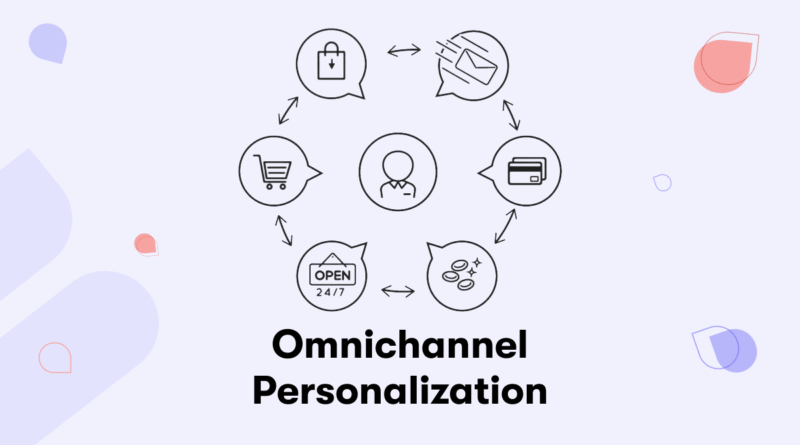A Business Owner’s Guide to Omnichannel Personalization
Are you interested in improving your business?
Table of Contents
At this point, personalization is more than just an idea; it’s becoming a must-have marketing approach. If you don’t appeal to each customer as an individual, your rivals will. You’ll fall further behind.
So, what’s the best way to provide a personal experience for your customers? The solution is called an omnichannel approach to personalization.
Find out everything you need to know about what this means for your business in a business owner’s guide below.
Understanding Omnichannel Personalization
Omnichannel personalization means making sure that your marketing, sales, and customer service efforts are always tailored to each customer. This approach uses data and technology to give customers a smooth and unique experience.
Why Omnichannel Personalization Matters
There are several reasons why omnichannel personalization matters. Here are some you should know:
Enhanced Customer Engagement
Businesses can get to know their customers better through omnichannel personalization. By knowing what each customer likes and what has happened in the past, you can have more relevant and timely interactions with them. This will make your customers more interested and loyal.
Improved Customer Experience
Customers feel respected and understood when their experiences are tailored to them. When you give customers regularly personalized content, suggestions, and deals, you give them a good and memorable experience.
Increased Sales and Revenue
With personalization, conversion rates, and average order values go up. Customers are more likely to buy when they see goods or material that fits their interests and wants. This means that your business will have more sales and make more money.
Steps to Implement Omnichannel Personalization
Now, you need to know the steps to help you implement omnichannel personalization effectively. Check this step-by-step guide:
1. Data Collection and Integration
Collect information from your website, mobile app, social media, customer relationship management (CRM), and in-store contacts. Integrate data from these sources into a unified customer data platform (CDP) or customer relationship management (CRM) system.
2. Segmentation
Use the information you’ve gathered to divide your audience into groups based on their behavior, hobbies, and tastes. This segmentation will make it easier for you to send personalized material and deals. For more insights on optimizing your segmentation strategy, check out this blog about PIM vs PDS.
3. Content Personalization
Personalize content like product suggestions, emails, and website content based on how users act and what they like. Use material that changes based on what each user does and how they connect with it.
4. Real-Time Data Analysis
Use advanced analytics and machine learning to handle customer info in real time. This lets you give people personalized suggestions and experiences as they interact with your brand. This makes your conversations more relevant and timely.
5. Monitoring and Analytics
Set up a solid way to track and analyze how well your online personalization efforts are working. Review data and analytics often so you can make smart choices and strategy changes.
Navigate Success With Omnichannel Personalization
Omnichannel personalization is changing the way customers interact with businesses. It could also make your marketing strategy more effective. The owners of businesses should take advantage of this chance to reach their customers through multiple platforms and give them personalized experiences. Here is everything about you should know about it which helps you to find out. It is very helpful for all of us.
Start working on your omnichannel plan right away to give yourself an edge over your competitors. Want help? Find experts and tools that you can trust.
Did you find the information in this article helpful? If so, be sure to check out our blog for more valuable resources.




